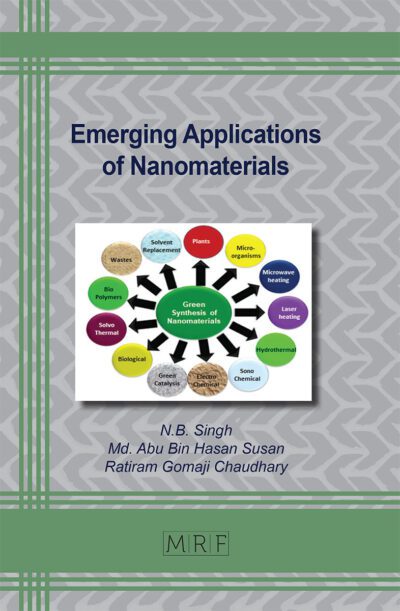Assessing the printability of alginate-cellulose-based inks for syringe extrusion printing
Caterina Pasotti, Miriam Seiti, Pieter De Wever, Paola Ginestra, Pedro Fardim, Eleonora Ferraris
Abstract. Syringe extrusion-based printing is a prominent additive manufacturing (AM) technique widely used in biomanufacturing. This technology is cost-effective, scalable, and capable of printing diverse hydrogels and bioinks with viscosities ranging from 30 mPa·s to 6·10⁷ Pa·s and resolutions down to 200 µm. The printability of hydrogels typically depends on basic visual assessments, which do not accurately reflect a comprehensive analysis of shape fidelity. This study introduces a quantitative approach with a novel printability index (Pr). The Pr index comprises four sub-indices: the unit cell factor (circularity), the pattern factor (uniformity of filament width), the unit CAD fidelity, and the filament fidelity (alignment with the CAD model). To validate this index, sodium alginate–cellulose-based hydrogels were formulated and studied by a full factorial design of experiment approach, with Pr as response of interest. The inks exhibited a gel-like behavior with shear-thinning characteristics, suitable for (bio)printing. The Pr index successfully assessed the printability of such inks, with the cellulose-based ink showing optimal performance (Pr = 0.92) at a print speed of 20 mm/s and pressure of 90 kPa. Free-standing structures were further successfully printed, validating the potential of such cellulose-based hydrogels as preferred material. To summarize, this study proposes a Pr index which can be widely applied to evaluate the production of structured patterns and adapted for use in various AM technologies. Future studies will be devoted to use the selected hydrogel for bioprinting and 3D cellular differentiation.
Keywords
Printability Index, Hydrogels, Syringe Extrusion, Process Analysis
Published online 5/7/2025, 9 pages
Copyright © 2025 by the author(s)
Published under license by Materials Research Forum LLC., Millersville PA, USA
Citation: Caterina Pasotti, Miriam Seiti, Pieter De Wever, Paola Ginestra, Pedro Fardim, Eleonora Ferraris, Assessing the printability of alginate-cellulose-based inks for syringe extrusion printing, Materials Research Proceedings, Vol. 54, pp 150-158, 2025
DOI: https://doi.org/10.21741/9781644903599-17
The article was published as article 17 of the book Material Forming
![]() Content from this work may be used under the terms of the Creative Commons Attribution 3.0 license. Any further distribution of this work must maintain attribution to the author(s) and the title of the work, journal citation and DOI.
Content from this work may be used under the terms of the Creative Commons Attribution 3.0 license. Any further distribution of this work must maintain attribution to the author(s) and the title of the work, journal citation and DOI.
References
[1] L. Ouyang, R. Yao, Y. Zhao, W. Sun, “Effect of bioink properties on printability and cell viability for 3D bioplotting of embryonic stem cells”, Biofabrication 2016, 16;8(3):035020. https://doi.org/10.1088/1758-5090/8/3/035020
[2] P. P. Shah, H. B. Shah, K. K. Maniar, and T. Özel, “Extrusion-based 3D bioprinting of alginate-based tissue constructs,” Procedia CIRP 2020, 95:143–148. https://doi.org/10.1016/J.PROCIR.2020.06.007.
[3] K. Y. Lee and D. J. Mooney, “Alginate: Properties and biomedical applications,” Prog. Polym. Sci., 2012, 37(1):106–126. https://doi.org/10.1016/J.PROGPOLYMSCI.2011.06.003
[4] N. M. Sanchez-Ballester, B. Bataille, and I. Soulairol, “Sodium alginate and alginic acid as pharmaceutical excipients for tablet formulation: Structure-function relationship,” Carbohydr. Polym. 2021, 270:118399. https://doi.org/10.1016/J.CARBPOL.2021.118399.
[5] P. BÃcguin and J.-P. Aubert, “The biological degradation of cellulose,” FEMS Microbiol. Rev. 1994, 13(1):25–58. https://doi.org/10.1111/J.1574-6976.1994.TB00033.X
[6] R. J. Hickey and A. E. Pelling, “Cellulose biomaterials for tissue engineering,” Front. Bioeng. Biotechnol. 2019, 7:45. https://doi.org/10.3389/FBIOE.2019.00045/BIBTEX
[7] E. Reina-Romo, S. Mandal, P. Amorim, V. Bloemen, E. Ferraris, and L. Geris, “Towards the Experimentally-Informed In Silico Nozzle Design Optimization for Extrusion-Based Bioprinting of Shear-Thinning Hydrogels,” Front. Bioeng. Biotechnol., 2021, (9):701778. https://doi.org/10.3389/FBIOE.2021.701778/BIBTEX
[8] “Effect of bioink properties on printability and cell viability for 3D bioplotting of embryonic stem cells,” 2016, 8(3):035020 doi: 10.1088/1758-5090/8/3/035020












